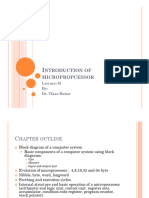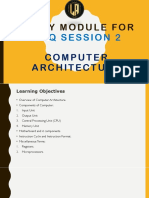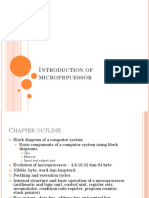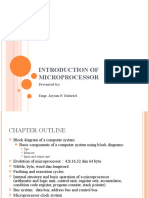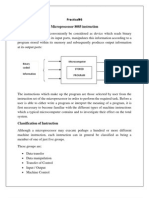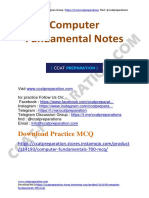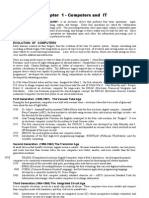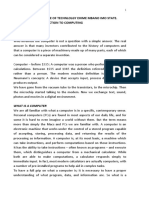0% found this document useful (0 votes)
5 views8 pagesMicroprocessor Reviewer
The document provides an overview of computer architecture, focusing on microprocessors and microcontrollers, their components, and their applications in personal and embedded systems. It details the basic structure of a computer, including the CPU, memory units, input/output units, and the role of buses in data transfer. Additionally, it discusses the evolution of microprocessors, types of computer words, and programming languages, highlighting key historical developments in computing technology.
Uploaded by
buensalidadiana92Copyright
© © All Rights Reserved
We take content rights seriously. If you suspect this is your content, claim it here.
Available Formats
Download as DOCX, PDF, TXT or read online on Scribd
0% found this document useful (0 votes)
5 views8 pagesMicroprocessor Reviewer
The document provides an overview of computer architecture, focusing on microprocessors and microcontrollers, their components, and their applications in personal and embedded systems. It details the basic structure of a computer, including the CPU, memory units, input/output units, and the role of buses in data transfer. Additionally, it discusses the evolution of microprocessors, types of computer words, and programming languages, highlighting key historical developments in computing technology.
Uploaded by
buensalidadiana92Copyright
© © All Rights Reserved
We take content rights seriously. If you suspect this is your content, claim it here.
Available Formats
Download as DOCX, PDF, TXT or read online on Scribd
/ 8












